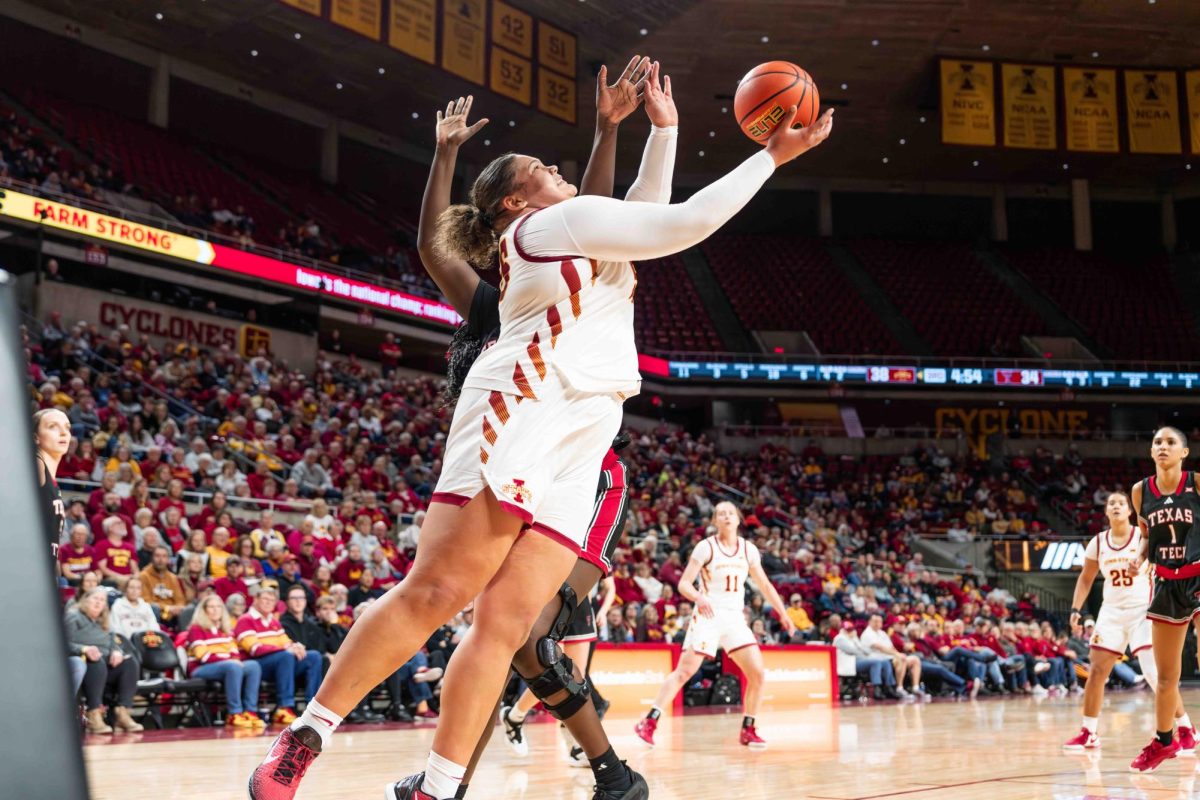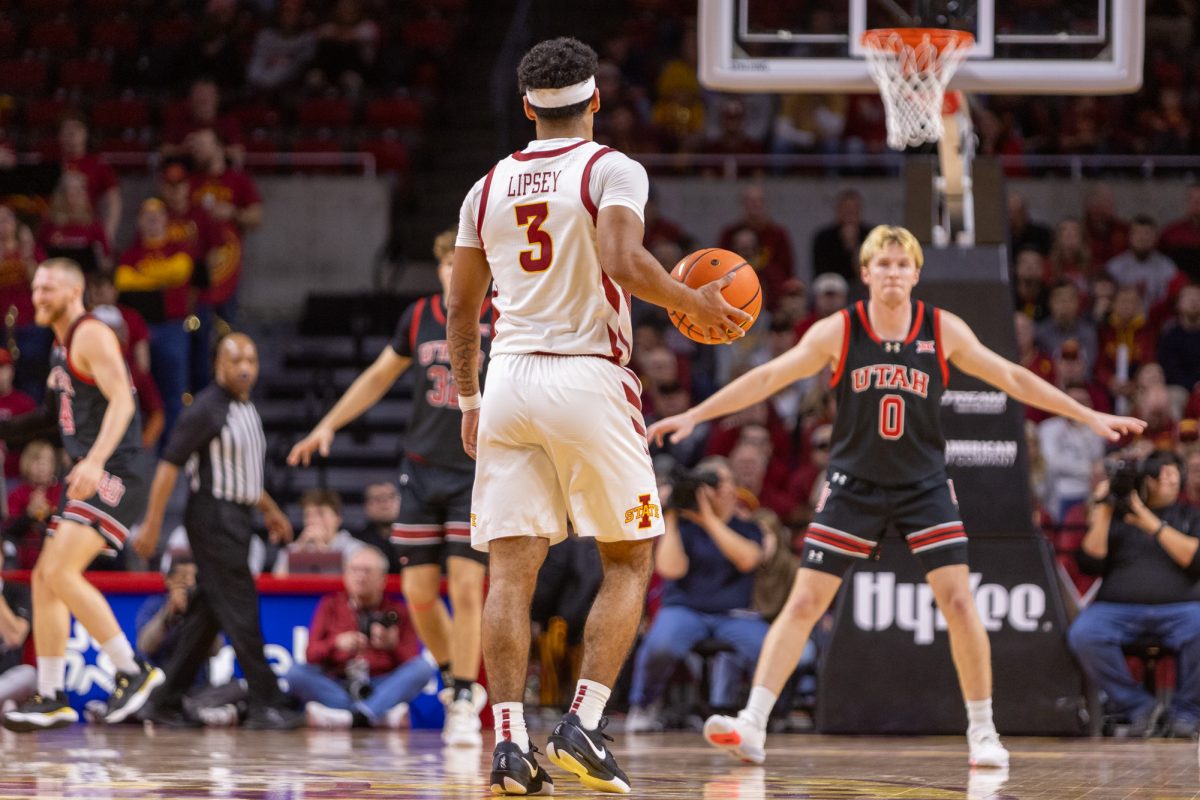Professor takes love of science, music to New York City
January 29, 2003
Most people wouldn’t use the words thermodynamics and vibraphone in the same sentence. Kenneth Jolls isn’t most people.
In early January, Jolls, professor of chemical engineering, traveled to New York to connect his love for science with his love of the arts. He and a few of his colleagues played a show called “Good Vibrations” at the Cornelia Street Caf‚ in Greenwich Village, for a crowd of about 80 people. He also spoke of the physics of his instrument, the vibraphone.
Throughout his career, Jolls says he has pioneered the use of computer graphics to help create an understanding of major chemical engineering concepts, including thermodynamics. With a background in both chemical engineering and music, he was able to connect the science of his instrument with the concepts of physics at his performance in New York.
Jolls says he has nothing but positive feelings from the show.
“It was one of the most exciting musical events I have ever done,” he says.
“Good Vibrations” was part of a monthly series titled “Entertaining Science”, organized by Roald Hoffmann, a Nobel Laureate chemist from Cornell University. Hoffmann says he believes in the connection between science and art, and bases his series on this belief. He says his purpose for the series is to bring science to the caf‚ scene.
Hoffmann was enthusiastic about the turnout for the event and about the presentation from Jolls and his colleagues. He says the night was full of good performances, interesting lectures and great discussions and illustrations of how the vibraphone works.
“Jolls is passionate,” Hoffmann says. “It’s that kind of passion that is interesting and touching.”
Jolls says the most rewarding part of his trip to New York was the connection with a high-level network of practitioners interested in connecting art with science.
Much of Jolls’ research has included exploiting visual techniques and applying them to certain fields of chemical engineering, he says. His background includes a bachelor’s degree in music from Duke University, a bachelor’s degree in chemical engineering from North Carolina State University and master’s and doctorate degrees in chemical engineering from the University of Illinois.
Science is traditionally taught through numbers and equations, and a strong visual component is rarely involved. Jolls says hard sciences such as physics and chemistry are often better understood using visual elements rather than just a theory alone.
“There is a greater reality if you look beyond the numbers and equations,” Jolls says. “Visualization and graphics are what makes this understanding possible.”
This concept of the right brain using visuals to help the left brain understand science is something Jolls believes to be at the heart of functional education.
“It’s like cutting down trees before even looking at the forest,” he says.






